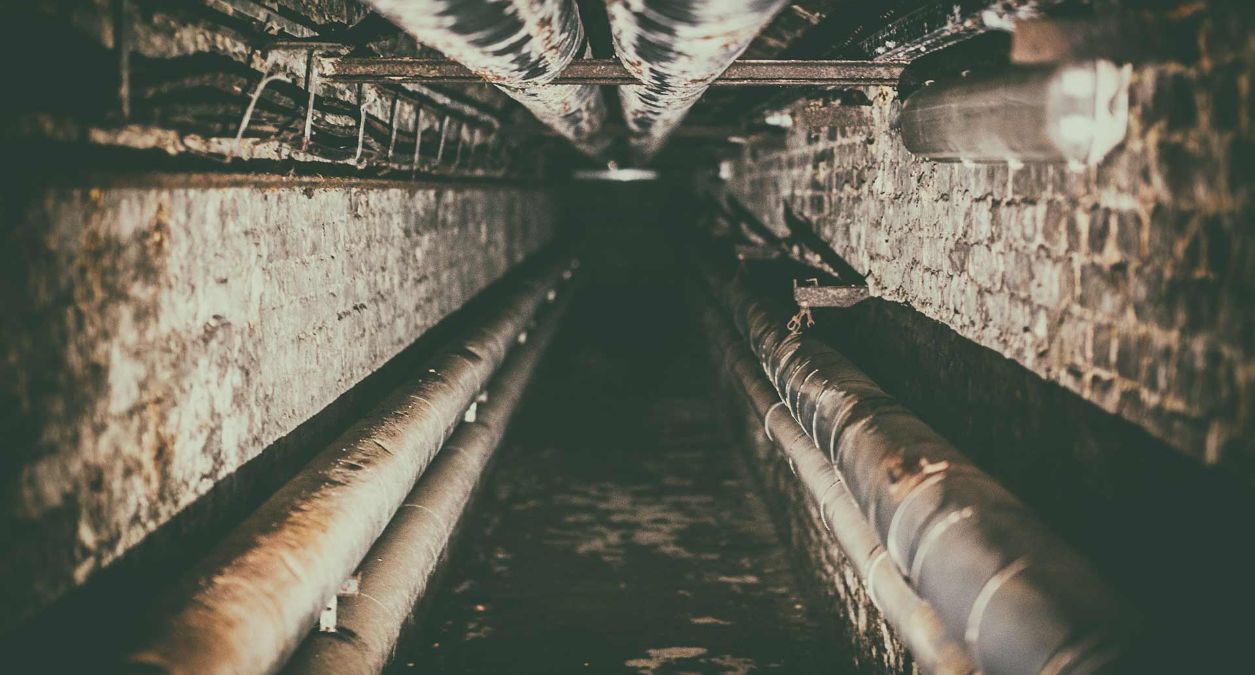Solving the underground IoT challenge with Ratél
Danish company Ratél has developed electronic rat traps that doesn’t use poison. This is not only kinder to rats; it also prevents poison entering the food chains of birds, foxes and domestic pets that eat them once they come above ground. But to connect them, they needed to solve the underground IoT challenge.
Ratél traps connect to a customer portal that shows how many rats have been killed and other information such as if there is flooding in a section of the sewer. They also send a notification when the compressed air canisters used in the traps need to be changed. This represents a major benefit for the municipalities who use them. It means they no longer need to go around and manually check traps and bait stations, but can instead monitor them all remotely.
That’s where Ratél ran into the “underground IoT challenge”. Traditional IoT connectivity, which is based on the same technologies used in mobile phones, struggled to penetrate the thick concrete and steel drain covers where the traps are situated.
 Hans Knudsen shares Ratél's innovation journey to build a better rat trap
Hans Knudsen shares Ratél's innovation journey to build a better rat trap
“Previously, we used the GSM system. But below the surface of the drain, there’s a very heavy steel cover that’s very difficult to penetrate. 25% of our traps couldn’t communicate.” says Hans Knudsen, CEO of Ratél. “Then we heard about the Narrowband solution. It has much better penetration through ground and concrete and so forth, so we thought that might be a solution”.
Narrowband IoT (NB-IoT) is one of the new generation of technologies designed specifically for IoT. It reaches further and deeper than traditional IoT connectivity and has much better battery life.
Ratél teamed up with Telia and a device manufacturer to develop a solution that could test Telia NB-IoT in the underground sewers. The results were immediately noticeable. Not only could they connect their existing traps more reliably, they could push the envelope and take them deeper than they had evegone before.r
Learn more about the case here
Cookie notification
Cookies allow us to optimize your use of our website. We also use third-parties cookies for advertising and analytics. Please read our Cookie Policy for more information.

